Floor Tile Removal - Input Sought
uvascanyon
10 years ago
Related Stories
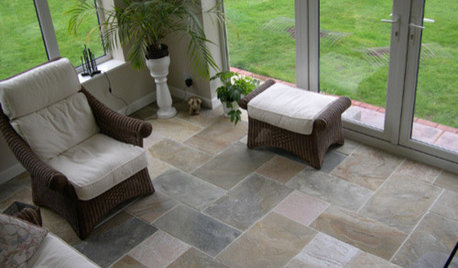
REMODELING GUIDESYour Floor: How to Find Right Stone Tile
Get the Pros and Cons of Slate, Travertine, Sandstone, Marble and Granite
Full Story
BATHROOM DESIGN9 Tips for Mixing and Matching Tile Styles
Get acquainted with the basics of combining shapes, colors and finishes for a symphony of tiles
Full Story
HEALTHY HOMEWhat to Know About Controlling Dust During Remodeling
You can't eliminate dust during construction, but there are ways to contain and remove as much of it as possible
Full Story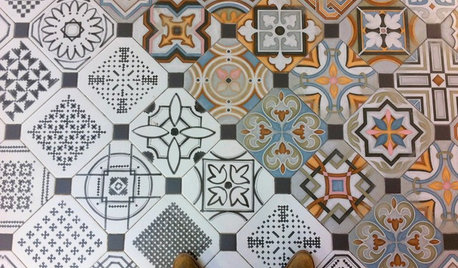
EVENTSTile Goes High Tech at Italy's Big Expo
Cutting-edge methods are creating tile looks from handmade to avant-garde, as seen as CERSAIE 2013
Full Story
KITCHEN BACKSPLASHESHow to Install a Tile Backsplash
If you've got a steady hand, a few easy-to-find supplies and patience, you can install a tile backsplash in a kitchen or bathroom
Full Story
KITCHEN DESIGN10 Gorgeous Backsplash Alternatives to Subway Tile
Artistic installations, back-painted glass and pivoting windows prove there are backsplash possibilities beyond the platform
Full Story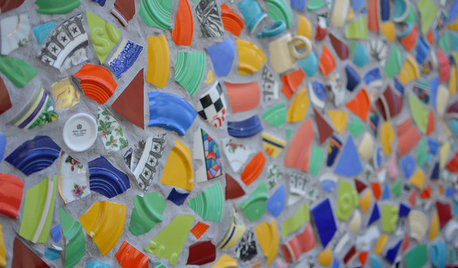
DECORATING GUIDESMosaic Tile Designs That’ll Thrill You to Bits
Whether you go for simple stones or imaginative expressions, a mosaic can turn any surface into a work of art
Full Story
BATHROOM DESIGNPolish Your Bathroom's Look With Wrapped Tile
Corner the market on compliments for your bathroom renovation by paying attention to where the walls meet and the edges round
Full Story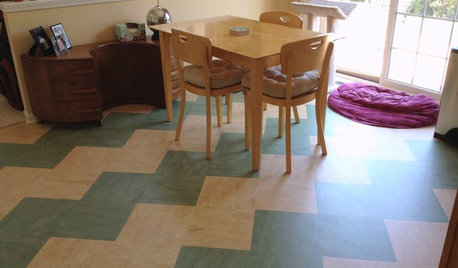
REMODELING GUIDESLinoleum, the All-Purpose Flooring Wonder
Dashing in a rainbow of colors, able to be cleaned with ease and courteous to budgets everywhere, linoleum is a super choice for floors
Full Story
GREEN BUILDINGConsidering Concrete Floors? 3 Green-Minded Questions to Ask
Learn what’s in your concrete and about sustainability to make a healthy choice for your home and the earth
Full StorySponsored
Custom Craftsmanship & Construction Solutions in Franklin County
More Discussions







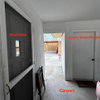
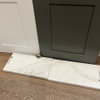
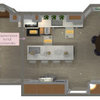
live_wire_oak
uvascanyonOriginal Author
Related Professionals
Brownsville Kitchen & Bathroom Designers · Franconia Kitchen & Bathroom Remodelers · Boise Interior Designers & Decorators · Garden City Interior Designers & Decorators · Mansfield Interior Designers & Decorators · Aberdeen General Contractors · Barrington General Contractors · Bay Shore General Contractors · Deer Park General Contractors · Delhi General Contractors · Hamilton Square General Contractors · Haysville General Contractors · Merrimack General Contractors · North Lauderdale General Contractors · Salem General Contractorsmillworkman
uvascanyonOriginal Author
zagut
sreedesq
User
User
uvascanyonOriginal Author
kudzu9
millworkman
uvascanyonOriginal Author
kudzu9
uvascanyonOriginal Author
musicteacher
kudzu9
aidan_m